Exciting times! Microsoft recently announced at its developer conference about artificial intelligence, a new laptop class with significantly more powerful Snapdragon X CPUs, and its new operating system for the Arm architecture all sounds really promising.
This is also true in view of the fact that Apple took this step very successfully and consistently years ago. In the meantime, the entire Mac model range has been converted to Arm CPUs from its own production; models with Intel x86 processors are no longer offered.
The fact that Microsoft is now announcing a similar step together with the important computer manufacturers Acer, Asus, Dell, HP, Lenovo, and Samsung is therefore definitely a sign of things to come.
On the other hand, as a long-time IT observer, it is almost alarming when Microsoft once again announces a “new PC era.” The company had already promised the same thing with Windows RT in 2012, but less than two years later, “the new generation of PCs on the Arm platform” was already history. The last devices with Windows RT were then withdrawn from the market.
Certainly, times have changed a lot since then and today’s Arm CPUs can hardly be compared with those of the past. The strength of Apple’s Arm chips compared to those from AMD and Intel on the so-called x86 architecture can be seen, among other things, in the fact that they work faster with the same number of cores and still consume less power. As a result, the notebooks last longer on a single battery charge.
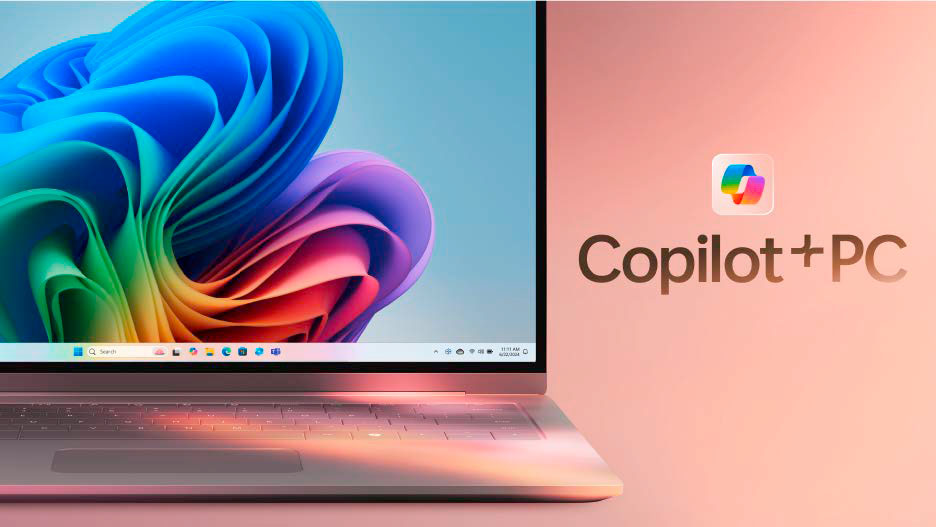
Microsoft defines “Copilot+ PCs” as a new class of computers that have a powerful Neural Processing Unit (NPU) for AI tasks in addition to the CPU and GPU.
Microsoft defines “Copilot+ PCs” as a new class of computers that have a powerful Neural Processing Unit (NPU) for AI tasks in addition to the CPU and GPU.
IDG
Microsoft defines “Copilot+ PCs” as a new class of computers that have a powerful Neural Processing Unit (NPU) for AI tasks in addition to the CPU and GPU.
IDG
<div class="scrim" style="background-color: #fff" aria-hidden="true"></div>
</div></figure><p class="imageCredit">IDG</p></div>This alone does not guarantee success for the new system and the new computers. After all, one of the strengths of Windows has always been its compatibility with legacy software. However, this has yet to be proven, as some of the existing applications in the new Windows on Arm run on an emulation.
In the best-case scenario, users won’t even notice this, not even in terms of speed.
In the worst case, however, some software might not run at all, and for many Windows users this is likely to be a no-go and therefore a conscious decision against the Arm architecture. Until recently, Microsoft’s promise that “most existing apps and tools will run smoothly on new Arm devices” could not be verified.
After the experience of the past two decades that only every second Windows version is successful — this applies to XP, 7, and 10 and stands in contrast to the ME, Vista, 8, and 11 editions in between — the next one could now succeed again. As I said, exciting times.
Further reading: Good news! Most apps I’ve tried on Microsoft’s Copilot+ Surface just work
Windows and Surface devices with new Arm architecture
After this categorization, let’s take a detailed look at what Microsoft presented at the end of May. Much of the company’s developer conference centered on artificial intelligence and the associated new Copilot functions and versions.
At the same time, AI was and is at the center of the new PC hardware with CPUs based on Arm architecture and the associated new Windows version.
After the flop of Windows RT, such devices have only been available from Microsoft as absolute niche products. Now Redmond is making a new attempt to counter the increasing competition from Apple.
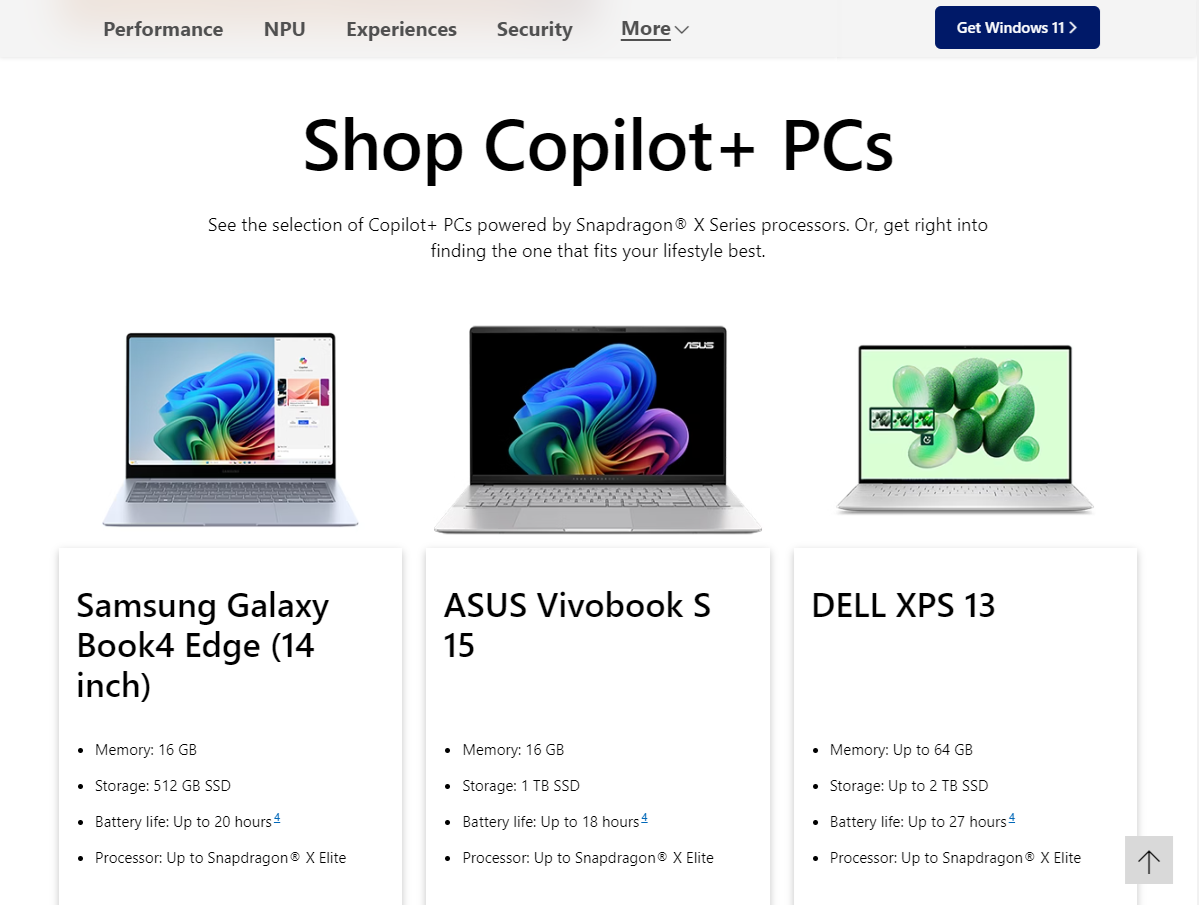
Alongside Acer, Asus, Dell, HP, Lenovo, and Samsung, Microsoft is also offering AI laptops with Arm processors. The new Surface devices cost between $1,000 and $2,000.
Alongside Acer, Asus, Dell, HP, Lenovo, and Samsung, Microsoft is also offering AI laptops with Arm processors. The new Surface devices cost between $1,000 and $2,000.
Foundry
<div class="lightbox-image-container foundry-lightbox"><div class="extendedBlock-wrapper block-coreImage undefined"><figure class="wp-block-image size-full enlarged-image"><img decoding="async" data-wp-bind--src="selectors.core.image.enlargedImgSrc" data-wp-style--object-fit="selectors.core.image.lightboxObjectFit" src="" alt="copilot pcs" class="wp-image-2389223" width="1024" height="773" loading="lazy" /><figcaption class="wp-element-caption"><p>Alongside Acer, Asus, Dell, HP, Lenovo, and Samsung, Microsoft is also offering AI laptops with Arm processors. The new Surface devices cost between $1,000 and $2,000.</p> </figcaption></figure><p class="imageCredit">Foundry</p></div> </div></figure><p class="imageCredit">Foundry</p></div>The new “Windows on Arm” will initially only run on laptops with processors from Qualcomm. In other words, the company that is already extremely successful with chips for smartphones.
In line with this, Microsoft is launching its own devices in the new “Copilot+ PC” class: The Surface Laptop as a classic notebook and the Surface Pro as a detachable device with a touch display and detachable keyboard.
Further reading: Microsoft Surface Pro (2024) review: A tantalizing glimpse of the future
Both models are powered by either the Qualcomm Snapdragon X Plus chip with 10 cores or the Snapdragon X Elite with 12 cores.
The Surface Pro with a 13-inch display starts at around $1,200, depending on the amount of main memory and SSD. The Surface Laptop is available with a 13.8-inch or 15-inch screen, with prices also ranging from $1,000 to $2,000 depending on the features.
Microsoft is not sparing with superlatives for the new device class and calls them the “fastest, most secure and most intelligent Windows PCs ever built.” The new system architecture consisting of CPU, graphics processor, and the additional high-performance NPU (Neural Processing Unit) should lead to an “unprecedented level of performance.”
A “Copilot+ PC” is up to 20 times more powerful and up to 100 times more efficient at AI tasks compared to a 12th-generation Intel Core i7 configuration.
Microsoft also promises an all-day battery life: Videos should run for up to 22 hours on a single charge, while surfing the internet should be possible for over 15 hours. In addition to at least 16GB of DDR5 RAM and a 256GB SSD, a powerful AI processor is a prerequisite for classification as a “Copilot+ PC.”
Microsoft does not specify more precise requirements for the CPU, but the integrated NPU alone should deliver at least 40 TOPS, or 40 trillion operations per second.
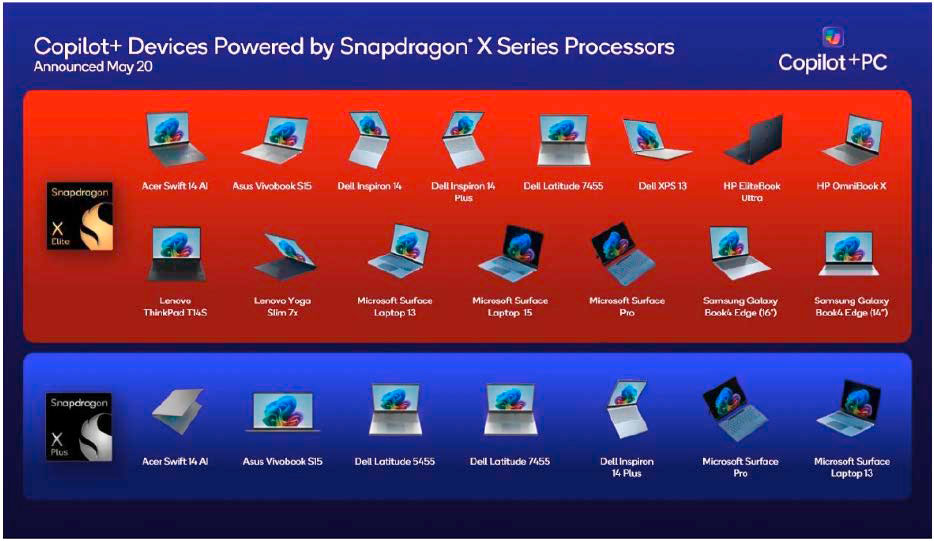
Microsoft and several hardware manufacturers have announced 16 new AI notebooks with two different Snapdragon X CPUs from Qualcomm for the coming weeks.
Login to add comment
Other posts in this group

Finding the best gaming laptop at the cheapest price can be difficult
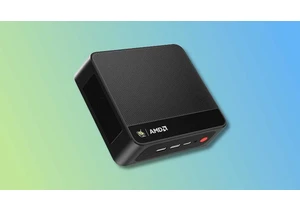
If you’re thinking of buying a laptop, maybe consider a mini PC inste

Have you heard this one before? A scrappy entertainment company launc
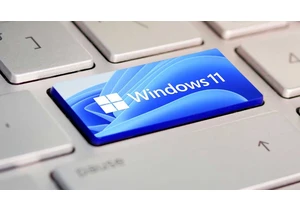
Although support for Windows 10 will not end in October 2025 after al
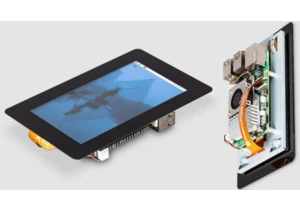
This weekend, a friend of mine showed off their RetroPi setup along w
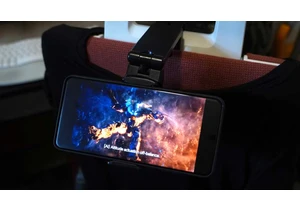
Traveling is a true joy, but only when you’re at your destination.

If you’re a Gmail user, you need to be particularly careful right now
